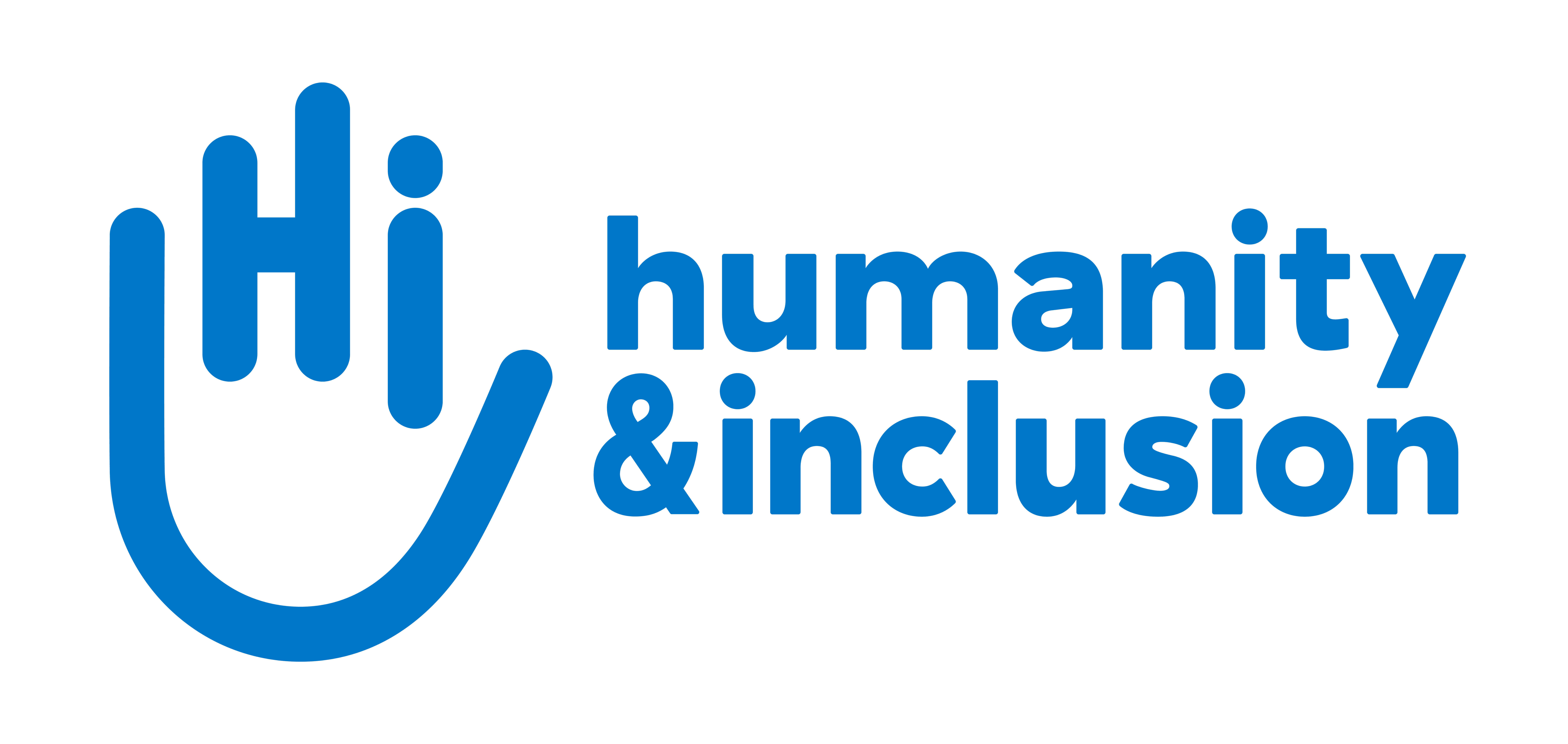No safe place in Gaza: Khan Younis is uninhabitable
As the war in Gaza enters its seventh month, Humanity & Inclusion expresses grave concern for the safety of thousands of families that might be forcibly displaced from Rafah to Khan Younis and other areas across the Strip.

Destruction of Civilian Infrastructure in Khan Younis | © HI
The looming threat of a ground offensive in Rafah is putting people under immense fear as they know they do not have a safe place to go. Families displaced under catastrophic conditions in Rafah, where there is an average of 1 square meter of space per person in IDP shelters, are facing immense challenges and desperation as they seek shelter, searching for homes destroyed and family members buried under the rubble.
"The city [of Khan Younis] is to a large extent destroyed. It's an unbelievable violence. Moving the population of Rafah to this area poses a huge risk to the people, due to the lack of access to basic needs for survival, the risks of collapse posed by the buildings still half-standing and the presence of explosives remnants of war. Some residents return hoping to find some belongings in their razed houses but find only desolation. Children aged 8 or 10, with vacant eyes, wandering alone in the streets, with little real hope of finding anything.’’ Cyril - Team Leader, Gaza
60% of buildings in Gaza have likely been damaged or destroyed, adding to the emotional trauma of those returning. The use of heavy explosive weapons in populated areas must cease immediately, as they have a systematic and indiscriminate impact on civilians. HI staff have conducted several field visits to Khan Younis city and the Middle Area in the past weeks and can attest that the necessary conditions for a safe evacuation or relocation to these areas under International Humanitarian Law are impossible to meet.
An offensive on Rafah would escalate the catastrophe to unprecedented levels. Khan Younis is not a suitable or safe area for the evacuation of civilians from Rafah. Civilians forcibly displaced to Khan Younis would face the additional danger of encountering unexploded ordnance on the main intersections and inside schools and buildings, posing a severe threat to their lives. Additionally, hosting a large number of IDPs from Rafah in Khan Younis is logistically impractical. It would worsen the humanitarian crisis, especially given the minimal access to essential life-saving resources and services.
Nowhere in Gaza is safe. An immediate and lasting ceasefire is the only way to prevent further casualties and alleviate human suffering. We urge all parties to the conflict to prioritize the protection of civilians, secure the release of hostages, and ensure unimpeded and continuous humanitarian access for aid agencies to deliver much-needed assistance in all the Gaza Strip.





